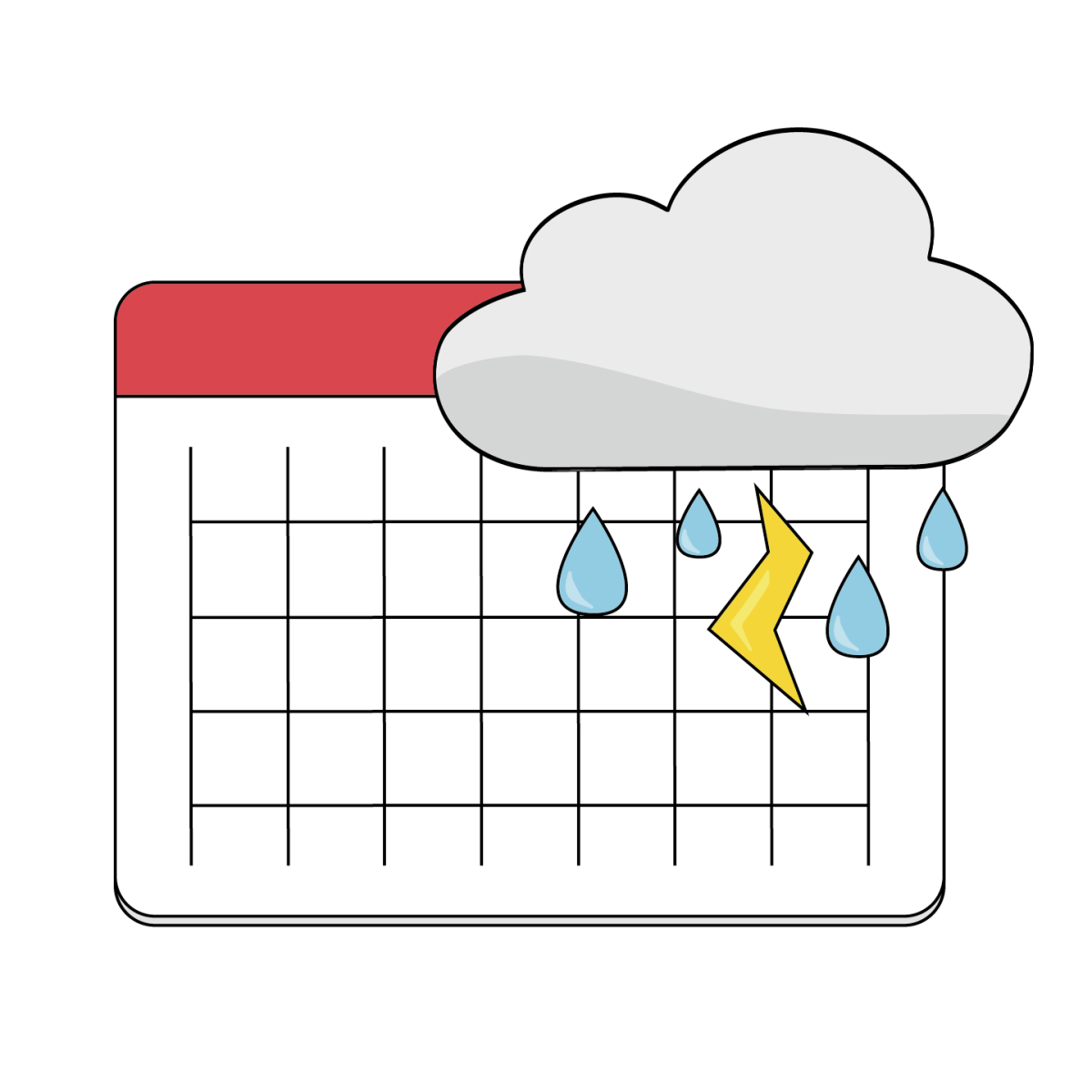Every four years, Americans are faced with a choice between two separate, opposing visions for our country’s future that compete for our support: Republican or Democrat. Right or Left. Red or Blue.
As a society, we have become so accustomed to this political dynamic that we often take it for granted. But in other countries, voters are not confined by such rigid duality. In fact, most liberal democracies in the world today elect representatives from three or more political parties, meaning two-party systems like ours are the exception. For example, in the U.K., thirteen parties are currently represented in Parliament, although only two major parties have dominated since 1929. Unless either party wins a majority of the total seats, they must share power with a smaller, third party in what is known as a coalition government.
In America, though many third parties exist, they rarely perform well in elections.
There are numerous barriers to success for third parties. Access to ballots and televised debates, while freely given to Democrats and Republicans, can be exceedingly difficult for candidates from smaller parties to acquire in many states. Historically, the biggest impact a popular third party candidate will make is siphoning votes from one of the other major party candidates, as some have accused Ralph Nader of doing to Al Gore in the 2000 election. It is therefore unsurprising that a candidate like Bernie Sanders, who serves in the Senate as an independent, would choose to caucus as a Democrat for his presidential campaign.
The main reason why third parties are unsuccessful in the U.S. is due to something called Duverger’s Law. Duverger’s Law is a principle from political science which states that two-party systems tend to develop in countries that use plurality voting, or “winner-take-all,” in national elections. For example, in U.S. presidential elections, most states award 100 percent of their electoral votes to whichever candidate wins the highest number of popular votes—regardless of whether they win with 91 or 51 percent. Only two states, Maine and Nebraska, split their electoral votes between candidates based on their portion of the vote; a candidate who wins a third of the popular vote will receive a third of the electoral votes, even if they didn’t “win.” This system, known as proportional representation, is used in various forms by many countries with multi-party systems.
For non-political science students, the difference between plurality voting and proportional representation may seem fairly nuanced and probably pretty boring. But the procedures we use to elect our leaders are exceedingly important, with many “real world” consequences. Our current system is the reason why presidential candidates spend millions of dollars campaigning in swing states like Ohio and Florida, while Texans and Californians wonder if their votes even count. It’s why a growing number of Americans don’t feel represented by either party and choose to disengage from the political process entirely. It’s the difference between Bush and Gore.
Proportional representation could potentially alleviate many of these concerns. It would increase voter turnout by ensuring that every voter’s voice is heard, not just the ones fortunate enough to live in swing states. It would effectively end gerrymandering, an unfair practice in which incumbents draw districts to their party’s advantage. And it would give third parties and independent candidates a fair shot at appealing to voters and winning elections, forcing the current parties to adapt their message or risk being replaced. Regardless of your political affiliation, these improvements would be good for democracy.
As Americans, we often pride ourselves in our rich democratic history. In many ways, we are unique among nations. America helped bring the ancient ideals of democracy to the modern era. But we didn’t perfect them. The U.S. consistently ranks behind countries like Norway, Canada and Great Britain on the Democracy Index, an annual report that measures democratic freedom around the world. In 2014, the U.S. was seated at 19, between Uruguay and Japan.
America wasn’t conceived in a vacuum. The Founding Fathers that structured our government were not inventors, they were borrowers. Using their knowledge of history, philosophy and politics, they sought out and implemented ideas that worked; they borrowed from John Locke and John Stuart Mills, from the Romans and the Greeks, and even from our former colonizers, the British.
Proportional representation is just one of the many specific, nonpartisan changes, already implemented in other, more successful democracies, that could objectively improve the state of American politics.
Let’s follow in the tradition of the Founding Fathers. Let’s borrow.






